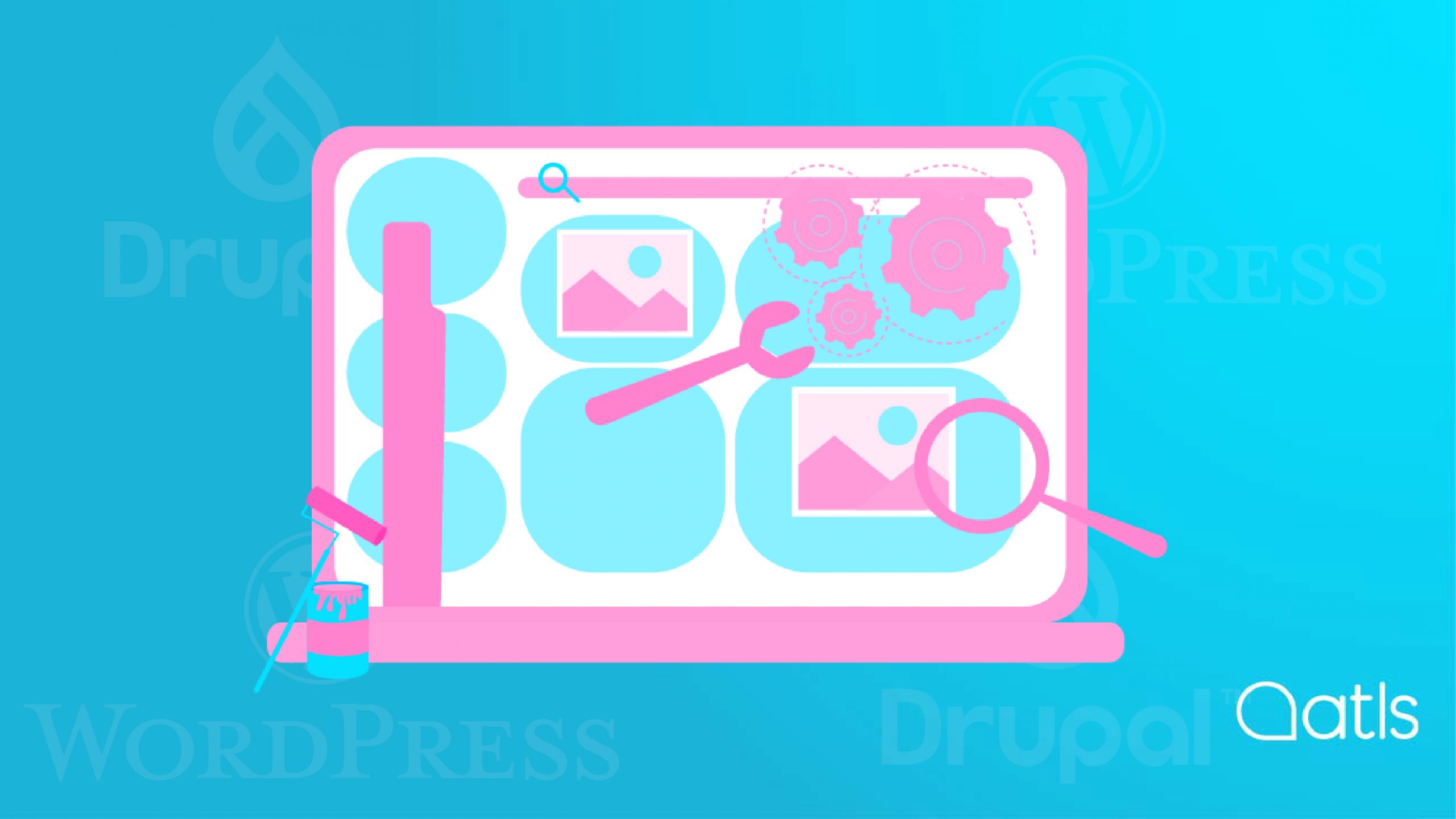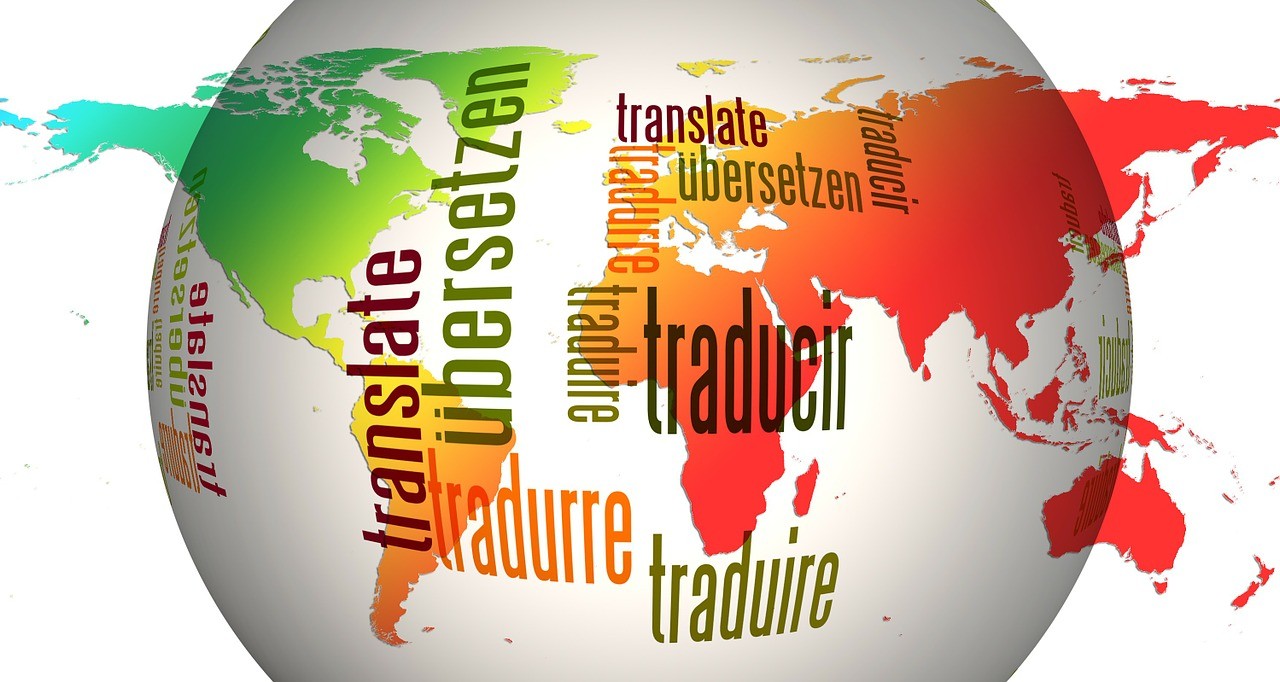What are the different types of Content Management Systems?

Keywords: CMS, content managers CMS, content manager, website, WordPress, Drupal, GitHub.
Are you looking for an effective solution for publishing and managing online content? Content management systems are essential tools for those who wish to establish their presence on the Internet in a simple and efficient way. Whether it's for a blog or an online store, content management systems are the key to online success. If you are interested in finding out which are the most popular content management systems, don't worry, in this article we will explain the three most important ones in detail. Find out which one best suits your needs and create an impressive online presence.
Discover the most used content management system (CMS)
When we want to create a website using a content management system (CMS), it is important to consider the type of project we are working on and its requirements in order to decide between one CMS or another. Different content management systems can be used depending on what we want to achieve: create a static website, an e-commerce, a blog, etc.
The 3 most used content management systems
According to the results, GitHub has seen an increase in searches compared with Joomla and Drupal. So, we will focus on the three CMSs that are standing out these days: WordPress, Drupal and GitHub.
WordPress:
WordPress is probably the most well-known and most used by amateur developers. It is a software with integrated open source CMS functions for web pages that do not incorporate additional modules, and which offers the possibility of reaching the best position in search engines.
What are its advantages?
- Easy implementation.
- Simple administration and management for the user.
- Range of themes (templates) and installation plugins, which make it possible to use without needing expert knowledge of programming.
What are its disadvantages?
- Due to its popularity, it is the target of attacks, bots or hackers, which means frequent security updates are needed.
- If you want to change the structure of the selected theme, you need to know how to work with HTML and PHP.
- Be careful with the plugins! Because they are developed by different programmers they may have security filters.
Drupal:
Drupal is an open source CMS, designed for the creation of discussion forums, blogs, or even your own social network. It is a highly customisable platform as different modules can be installed.
What are its advantages?
- PHP language optimisation, allowing a greater number of visits than WordPress.
- Creation of web portals with complex multi-language structures.
- It is highly secure, although it depends on good maintenance by the project administrator.
What are its disadvantages?
- More complex user interface: it has sub-menus and sub-categories in the control panel.
- Some hosting services are not compatible with all the Drupal functionalities.
- It requires the user or developer to have good programming knowledge.
GitHub:
GitHub was born thanks to Git (a version control system). It is a site that hosts our code repository, which is very common and useful in the world of development and it also provides many other useful functionalities. It is the system used by companies such as Facebook and Twitter.
What are its advantages?
- It enables centralised development of a project, allowing a whole team to have access to it.
- It is free, provided it is open source.
- Good interface that allows us to view code in the best way.
What are its disadvantages?
- It has limited repositories.
- Limited number of free collaborators.
- Payment required if they are private projects.
Once the website is created usingtheCMS that is best-suited to each project, it is important to consider how to internationalise it in terms of publishing the content in various languages. To carry out the translation of the website, a decision needs to be made between installing a translation plugin within each content management system or, for a more customised translation, using a more advanced website translation solution.




